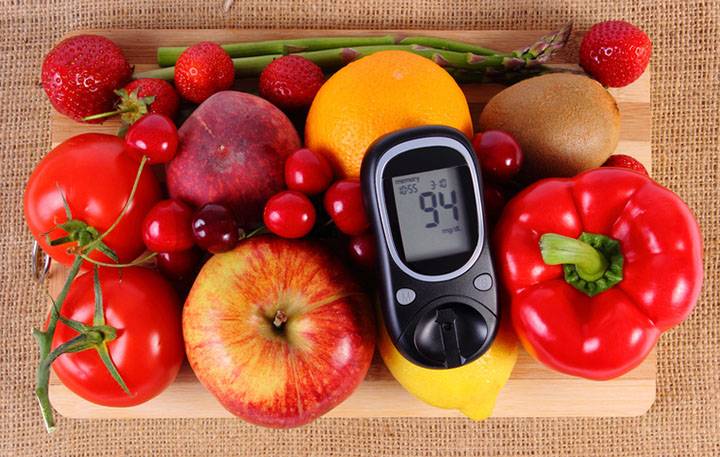While genetics is quite a fascinating field, it can often also be frustratingly complex. Despite the advances in technology and medicine, the origins and causes of many conditions still remain a mystery. One enigma that still baffles scientists even after a great deal of research is Diabetes Mellitus Type 2. This disease is fairly well known and impacts many people’s lives in significant ways. Scientists are still going all out to learn as much as they can about Diabetes Mellitus Type 2. Yet the more they explore and delve into the disease, the more questions they unearth.
Understanding Diabetes Mellitus Type 2
First of all, it is essential to understand Type 2 Diabetes itself to make sense of its impacts and symptoms fully. Diabetes Mellitus Type 2 is the most common form of diabetes and causes a person’s blood glucose levels to rise to higher than those of an average person’s. This spike in blood sugar levels indicates that the individual’s body is not properly utilizing the produced by the pancreas to convert glucose into energy.
Diabetes Mellitus Type 2 Symptoms
As with many conditions, type 2 diabetes symptoms vary from person to person. Some find themselves more impacted by these symptoms while others have such mild symptoms that they do not even notice them at all. One of the biggest symptoms is frequent urination while simultaneously always feeling thirsty. People with Diabetes Mellitus Type 2 will also often find themselves incredibly tired even if they have not overexerted themselves. A big indicator that someone is suffering from type 2 diabetes symptoms is blurry vision. This symptom is enough for one to seek medical help, which is how they usually find out they have Type 2 Diabetes. Another common symptom is tingling or numbness in the hands or feet.

Source: book-med.info
Diabetes Diets
Once diagnosed, a patient will need to find ways to alleviate the symptoms. Some type 2 diabetes treatment options are plans that the patient can handle on their own; while others require professional medical intervention to achieve. When a person is diagnosed with Diabetes Mellitus Type 2, the first factor they need to evaluate is their diet. Since this disease is interconnected with glucose levels that humans obtain through food, it is important to watch your food intake.
Foods high in sugar or processed foods, such as white flour, are not healthy options for Type 2 Diabetics. They should consider keeping their diet full of natural fruits and vegetables that are free from additives. There are plenty of healthy protein-rich options that can not only help with a diabetes diet, but with a patient’s overall health in general. To find the ideal foods for each individual patient, it can be helpful to consult with a dietitian or nutritionist. Frequent exercise and weight management are crucial for someone with Diabetes Mellitus Type 2.

Source: Thinkstock/ratmaner
Treatment Plans
Regarding more medically based treatment options, a doctor can determine which course of action is best for their patients. Treatments vary depending on the severity of the disease, but many treatment plans include blood sugar monitoring. When a patient tests their blood sugar, they can tell if their levels are within a normal range. Monitoring blood sugar is a helpful way to determine what factors impact each person the most. Some people may find their levels especially responsive to exercise or certain types of food. Essentially, it is important to know all these factors in order to manage blood sugar levels accurately.
Finally, a doctor might prescribe a person medication as part of their type 2 diabetes treatment plan. This treatment may be therapy or may be a specific medication that the person can take to regulate their sugar levels. Each treatment plan for Diabetes Mellitus Type 2 is unique and dependent on a patient’s circumstances. With proper medical supervision and a comprehensive treatment plan, type 2 diabetes patients can very often keep their blood sugar levels stable.
Featured Image Source: kataeb.org
Sourced from: psmag.com


